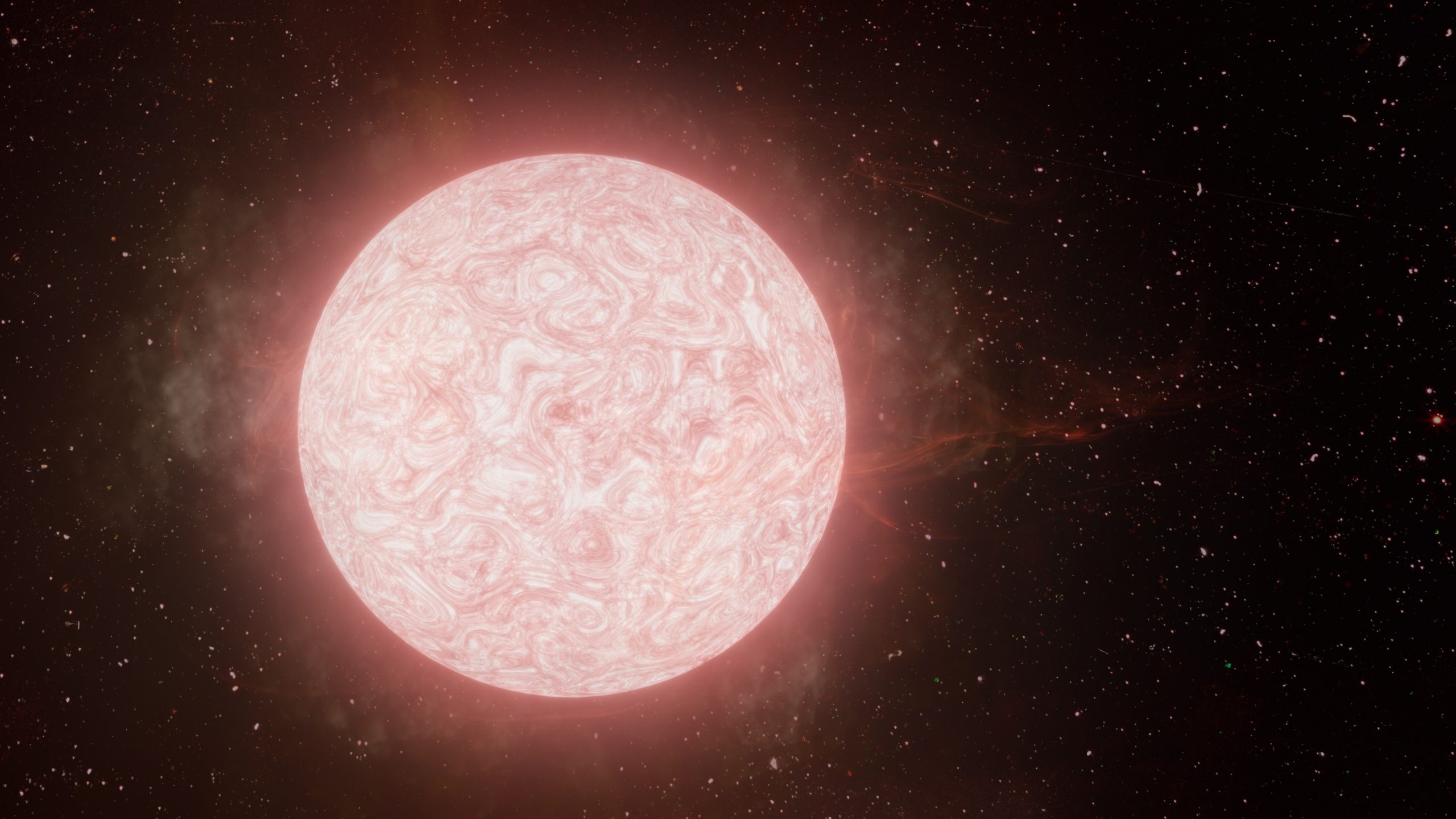The death throes of red supergiants
For the first time, astronomers have imaged the dramatic end of a red supergiant’s life in real time. They observed the rapid self-destruction of a massive star located 120 million light-years from Earth in the galaxy NGC 5731 and its final death throes before collapsing into a type II supernova. Led by researchers at Northwestern University and the University of California, Berkeley (UC Berkeley), the team observed the red supergiant during its last 130 days before its fatal detonation.
The discovery, published in the Astrophysical Journal, contradicts previous ideas about how red supergiants evolve just before they explode. Previous observations showed that red supergiants were relatively quiet before they died – with no signs of violent eruptions or luminous emissions. However, the new observations detected bright radiation from a red supergiant in the last year before its explosion. This suggests that at least some of these stars must be undergoing significant changes in their internal structure, which then lead to turbulent gas emission just before their collapse.
“This is a breakthrough in our understanding of what massive stars do just before they die,” said Wynn Jacobson-Galán, the study’s lead author. “Direct detection of pre-supernova activity in a red supergiant has never before been observed in an ordinary type II supernova. This is the first time we have seen a red supergiant star explode.”
The Pan-STARRS telescope at Haleakalā, Maui, first detected the doomed massive star in the summer of 2020 based on the enormous amount of light emanating from the red supergiant. A few months later, in the fall of 2020, a supernova lit up the sky. The team was able to quickly capture the massive flash of light and produce the first-ever spectrum of the high-energy explosion, named Supernova 2020tlf (SN 2020tlf). The data showed direct evidence of dense circumstellar material surrounding the star at the time of the explosion. This is likely the same gas that Pan-STARRS had already picked up during the red supergiant star’s violent ejection earlier this summer.
“It’s like watching a ticking time bomb,” said Raffaella Margutti, associate professor at CIERA and lead author of the study. “We have never confirmed such a violent activity in a dying red supergiant star, where we see it produce such a luminous emission, then collapse and burn up.” The team continued to observe SN 2020tlf after the explosion. Using the data, the researchers determined that the red supergiant star from which SN 2020tlf emerged was ten times as massive as the Sun.
